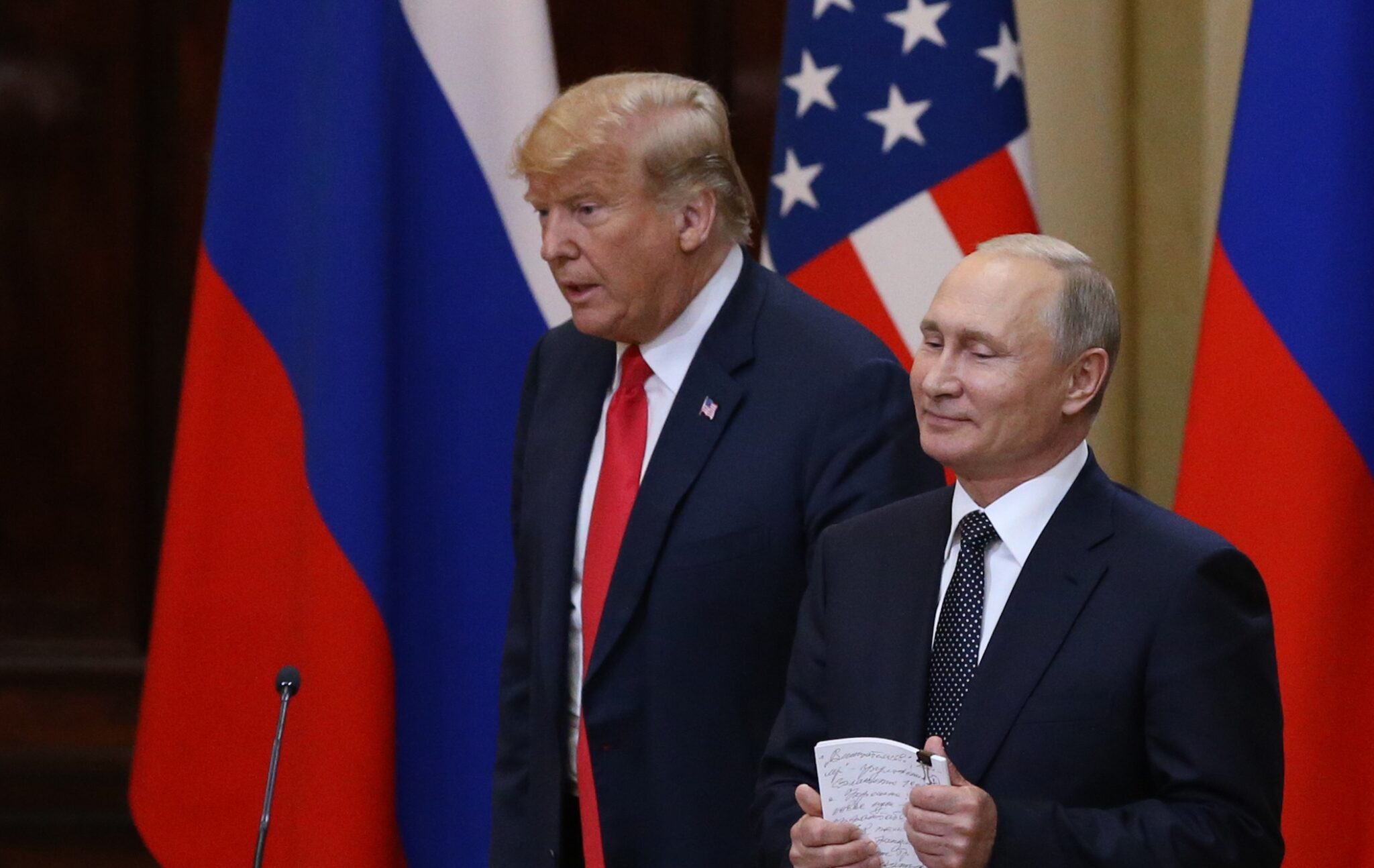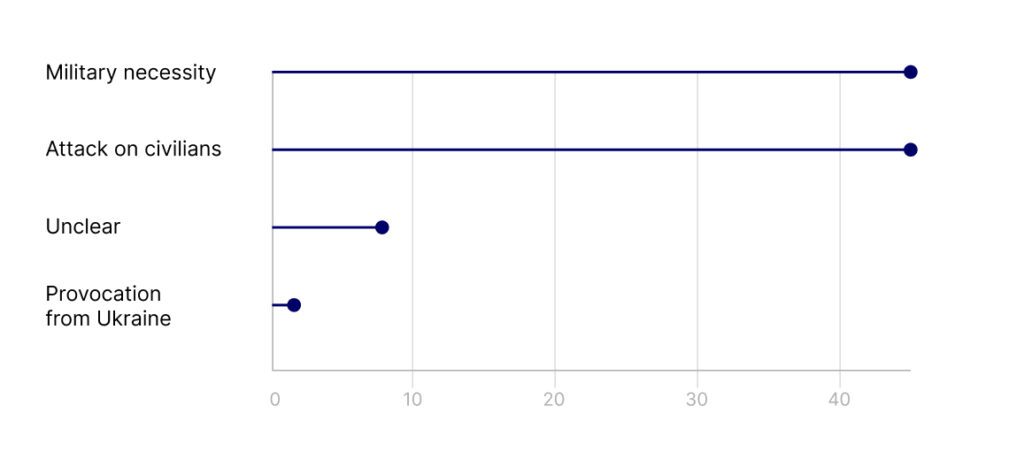Has Putin rejected Trump’s Ukraine peace plan?

Despite ongoing negotiations with the United States, Russia is maintaining its current level of military activity in Ukraine and shows no inclination to de-escalate. The Kremlin continues to pursue a strategy of waiting – betting on a decline in Western support for Ukraine by mid-summer, when a pause in US arms deliveries may create a ‘window of opportunity’ for a decisive military breakthrough.
Military pressure without escalation
Russia has sustained its previous level of military activity in Ukraine. Despite a missile strike on a residential area in Kryvyi Rih on April 4th, there has been no recorded increase in the overall number of attacks – apart from several recent spikes in the use of missiles and drones against urban areas, likely linked to the use of new intelligence data.
Fig 1. Daily Russian attacks on Ukraine by weapon type

Moscow appears to be operating within its current resources, with no sustained rise in missile activity observed. There have been isolated surges in the use of glide bombs and missiles, as well as increased deployment of kamikaze drones and changes in their operational tactics – probably linked to the introduction of new electronic reconnaissance technologies and unmanned aerial vehicle (UAV) control systems. Another contributing factor may be Russia’s access to a Ukrainian small-business database, parts of which are connected to the defence sector.
Dossier Center NEST Centre’s Partner
Within Russia’s domestic information space, the Kremlin continues to promote the narrative of ‘military necessity’ – a version that appears in Russian-language media alongside the Ukrainian narrative of an ‘attack on civilians’. Other explanations, including alleged provocations by Ukraine, appear much less frequently and do not seem to be a priority in official Russian messaging.
Fig. 2. Stated reasons for the attack on Kryvyi Rih

The analysis focused on identifying narratives related to the causes of the attack. Around 63 percent of the documents referred to such causes. As shown in the figure, the narratives of ‘attack on civilians’ and ‘military necessity’ appear in roughly equal proportions (approx. 45 percent), with Ukrainian sources predominantly supporting the former and Russian sources the latter, alongside two other narrative categories.
Against the backdrop of ongoing talks, the continuation of strikes at the current level looks like a deliberate political signal. The Kremlin is engaging in dialogue while maintaining continuous coercive pressure – and does not appear to view the possibility of a temporary ceasefire as a gesture of goodwill. Sustaining military activity, together with highly personalised pressure on President Zelensky, is a negotiating tactic intended to compel acceptance of terms set by Moscow.
A window of opportunity for the Kremlin
Russia’s continuation of military activity, without clear signs of escalation, reflects the strategic intention to preserve pressure while offering only limited concessions. The Kremlin seeks to maintain the military initiative without showing strong interest in negotiations. This posture aligns with a broader attitude of distrust towards the United States – including the Trump administration – which is seen in Moscow as unpredictable, unreliable and incapable of sustained focus on one direction.
The Kremlin does not expect meaningful agreements in the near term. Its approach is based on waiting and strengthening its position – both on the battlefield and at the negotiating table – as military pressure increases and Western support for Ukraine, particularly from the US, begins to weaken. Moscow does not anticipate that a Trump administration will take a tough stance on Russia regarding Ukraine. This view is shaped by the belief that Trump, like Putin, adheres to the idea that stronger powers are entitled to impose their will on weaker ones.
The key point of reference for the Kremlin is mid-summer, when the current US military assistance package – approved by the previous Congress – is expected to expire. If US weapons deliveries end, Moscow may attempt a more active offensive. The necessary resources for such a move are being gradually assembled: in 2024 alone, nearly 440,000 individuals signed military service contracts with the Russian Ministry of Defence.
The build-up of Russian forces in Belarus and Kaliningrad Region may indicate preparation not only for increased pressure on Ukraine, but also for more serious provocations.
Dossier Center NEST Centre’s Partner
One factor that could disrupt the Kremlin’s wait-and-see strategy is a fall in global oil prices – not least due to potential tariff measures imposed by the Trump administration. A sharp fall in oil and gas revenues would create financial pressures for Russia. The effect of this scenario has been partially offset by record-high gold prices on global markets. According to estimates, the surge has brought around $25 billion into the Russian budget – a figure comparable to oil and gas revenues for the first quarter of 2025 (approximately 2.6 trillion roubles).
Military assistance remains the primary lever of US influence on the course of the war. American intelligence support is a critical component – without it, Ukraine would lose a significant portion of its combat effectiveness. European allies cannot compensate for this gap, heightening the strategic importance of Washington in sustaining Ukraine’s defence. Any suspension of aid – or, conversely, steps to expand it, such as a new assistance package – will be interpreted by the Kremlin as a decisive signal, potentially shaping both the pace and direction of negotiations.